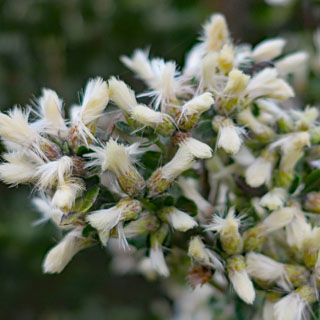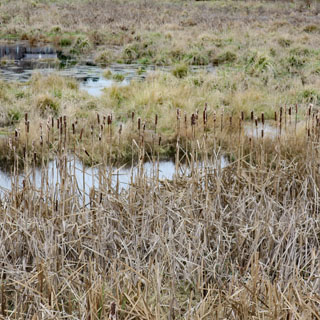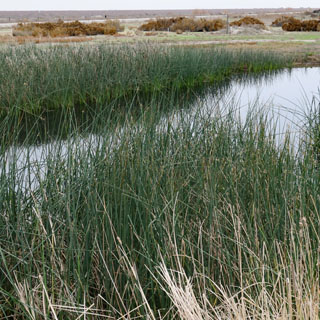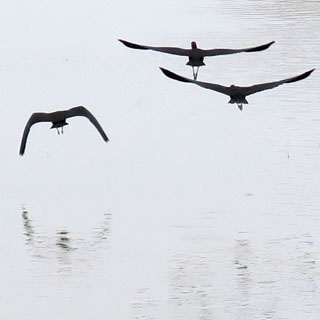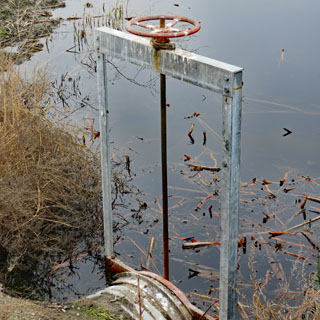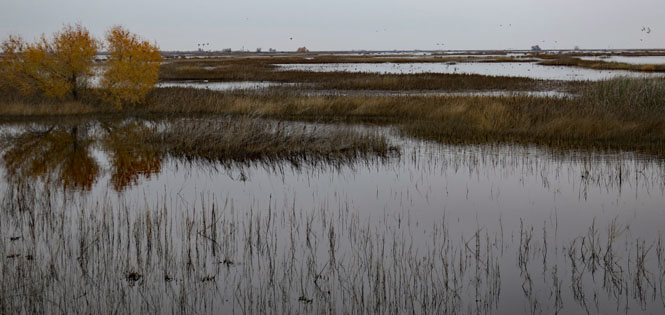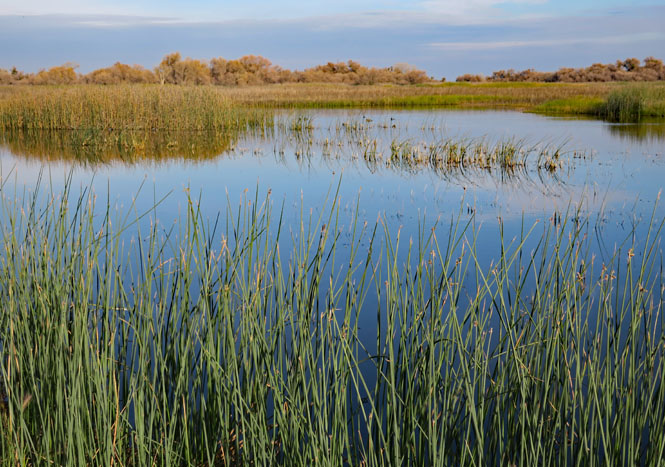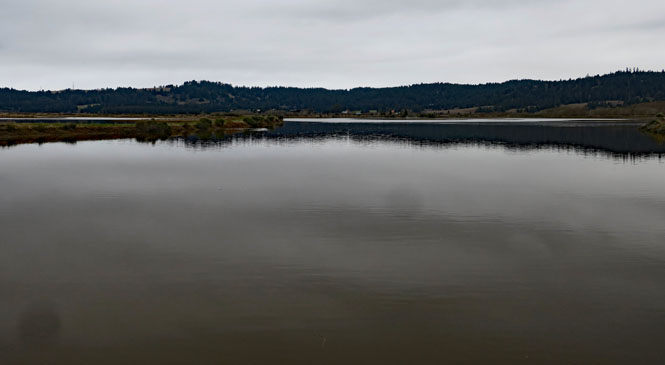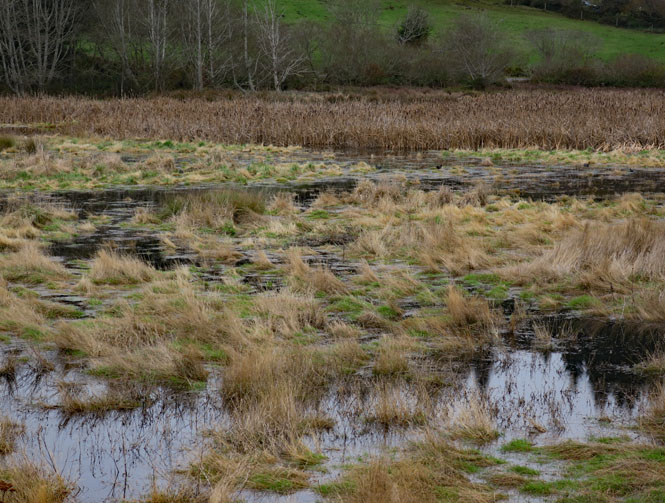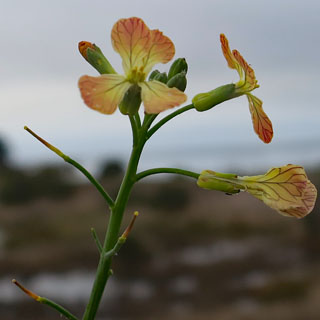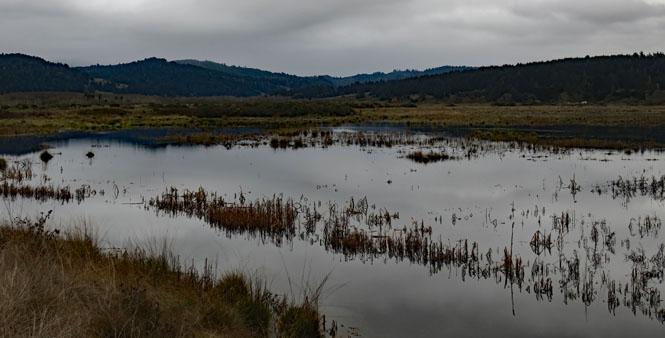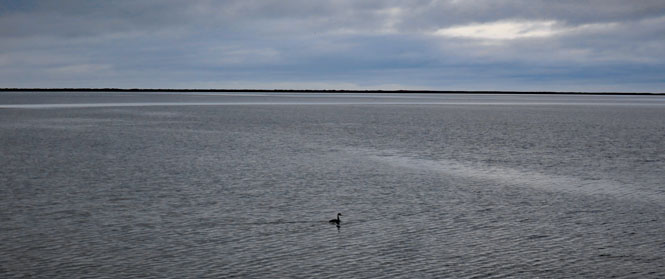December, 2018
California has quite a number of National Wildlife Refuges, as might be expected--only three are shown in this report. The profound changes to the land after the mid-1800s--particularly in the San Joaquin Valley--make these place even more important.
 California
California
Kern National Wildlife Refuge was established on
November 18, 1960 and consists of 11,249-acres of natural desert uplands, a
relict riparian corridor, and developed marsh
Situated on the southern
margin of what was once the largest freshwater wetland complex in the western
United States, Kern Refuge provides optimum wintering habitat for migratory
birds with an emphasis on waterfowl and water birds.
Through restoration
and maintenance of native habitat diversity, the refuge also provides suitable
habitat for several endangered species as well as preserving a remnant example
of the historic valley uplands in the San Joaquin Desert.
-NWR website
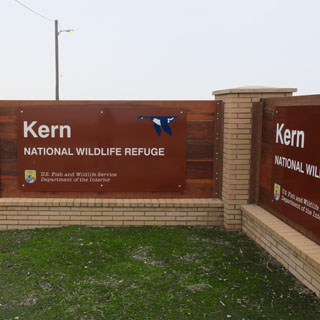
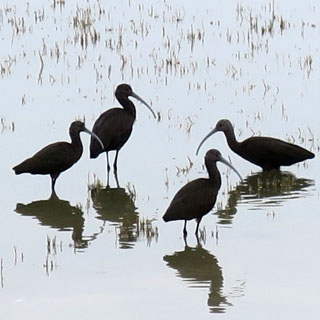

 San Luis National Wildlife Refuge
San Luis National Wildlife Refuge
The San Luis National Wildlife Refuge encompasses over
26,800 acres of wetlands, riparian forests, native grasslands, and vernal pools.
The Refuge is host to significant assemblages of birds, mammals, reptiles,
amphibians, fish, insects, and plants; some of which, such as the California
tiger salamander, the long-horned fairy shrimp, and San Joaquin kit fox, are
endangered species.
In 1966, the first parcel of the Refuge was purchased
with Federal Duck Stamp funds to provide a sanctuary for migratory waterfowl.
Over the years the Refuge has steadily grown in size and today it is comprised
of six contiguous units: San Luis, East Bear Creek, West Bear Creek, Freitas,
Blue Goose, and Kesterson. The San Joaquin River bisects the eastern portion of
the Refuge.
The Refuge is a major wintering ground and migratory stopover
point for large concentrations of waterfowl, shorebirds, and other waterbirds.
Large flocks of green-winged teal, northern shoveler, mallard, gadwall, wigeon,
cinnamon teal, northern pintail, ring-necked duck, canvasback, ruddy duck, and
snow, Rossí, and white-fronted geese swarm over the mosaic of seasonal and
permanent wetlands that comprise a quarter of the Refuge. Waterfowl generally
remain until late March before beginning their journey north to breeding areas.
However, some mallard, gadwall, and cinnamon teal stay, breed, and raise young
on the Refuge.
-NWR website



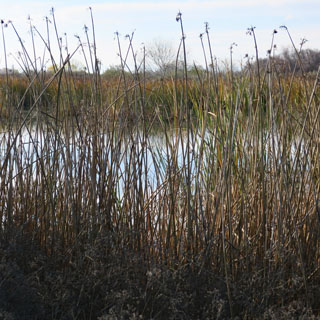
 Humboldt
Bay National Wildlife Refuge
Humboldt
Bay National Wildlife Refuge
In 1971, the Humboldt Bay National Wildlife Refuge
Complex, which includes Castle Rock National Wildlife Refuge, was established to
conserve precious habitat for the great diversity of birds, mammals, fish,
amphibians, invertebrates, and plants that occur in the Humboldt Bay area. The
refuge has several different units totaling almost 4,000 acres.
These
units consist of a mosaic of mudflats, estuarine eelgrass meadows, saltmarsh,
brackish marsh, seasonally flooded freshwater wetlands, riparian wetlands,
streams, coastal dunes, and forest. These habitats support over 316 species of
birds and 40 species of mammals.
The refuge also provides habitat for
approximately 100 species of fish and marine invertebrates, many of which
contribute to sport and commercial fisheries, including steelhead, coho and
chinook salmon, and Dungeness crab.
-NWR website
